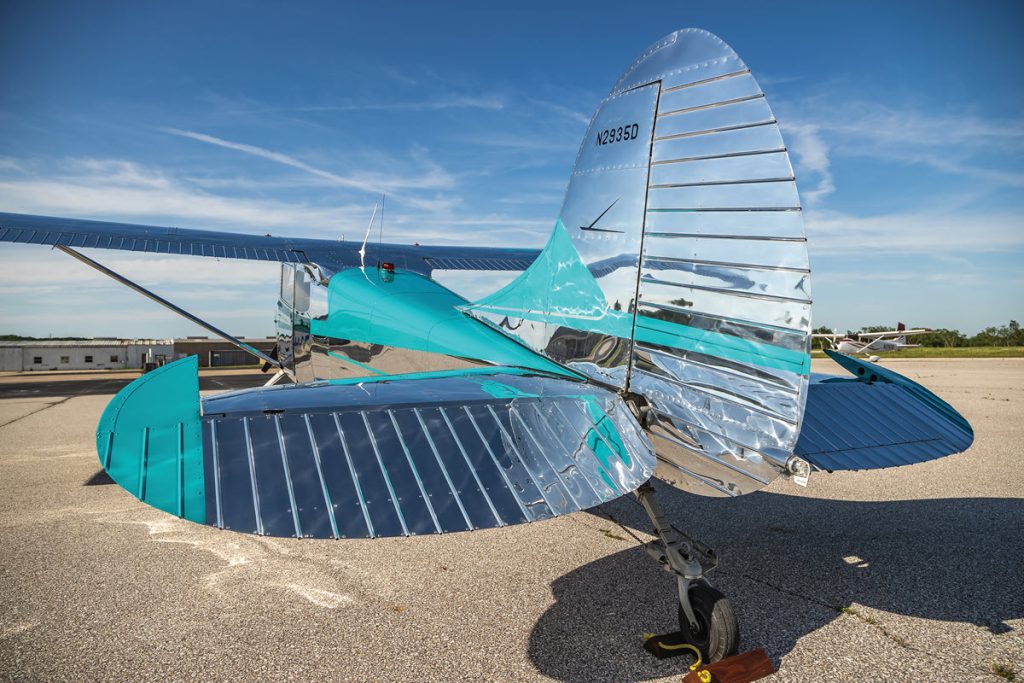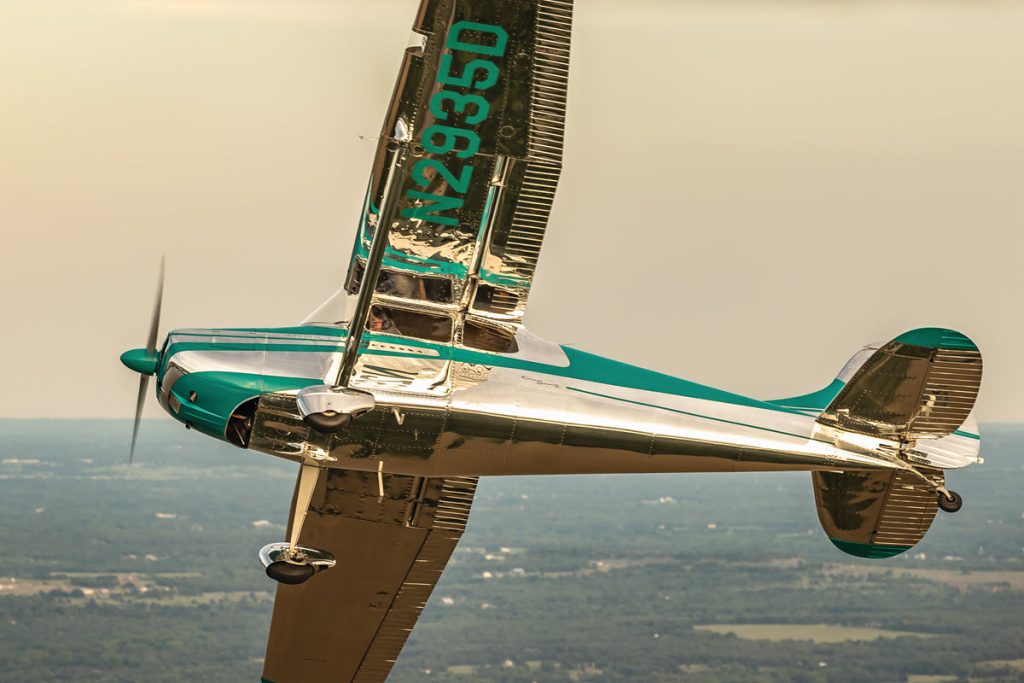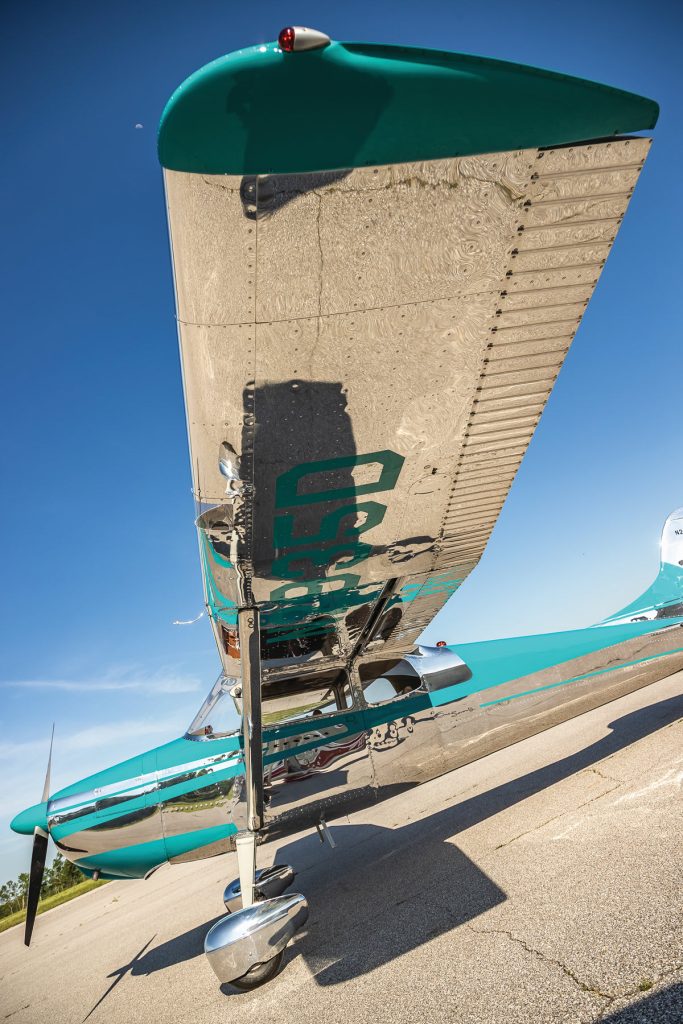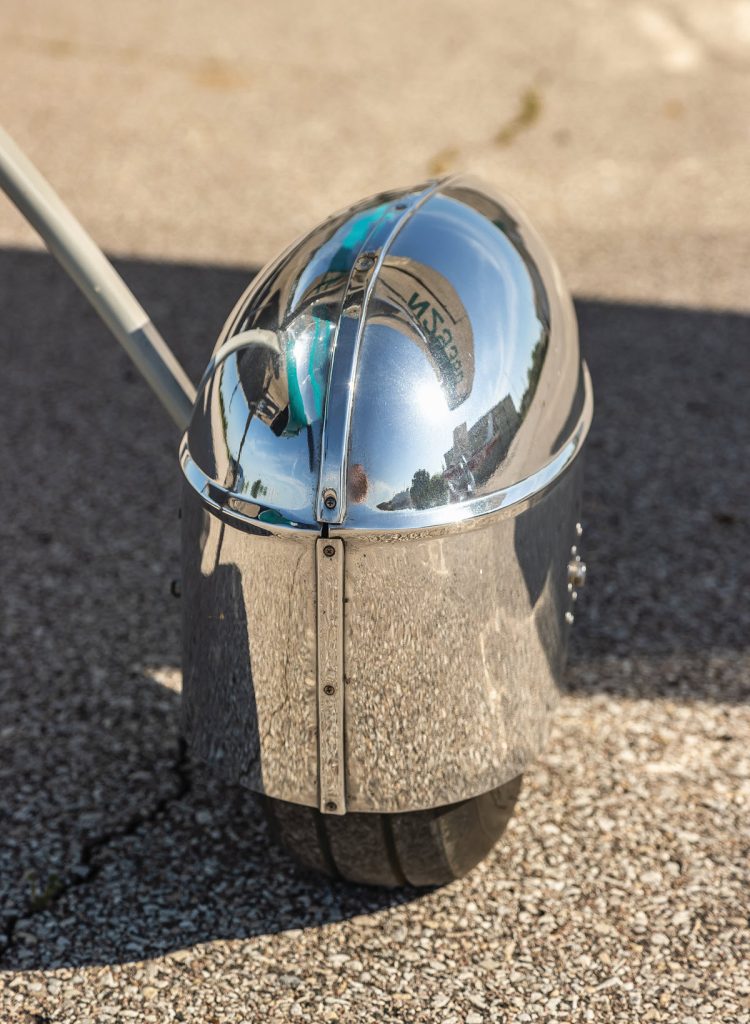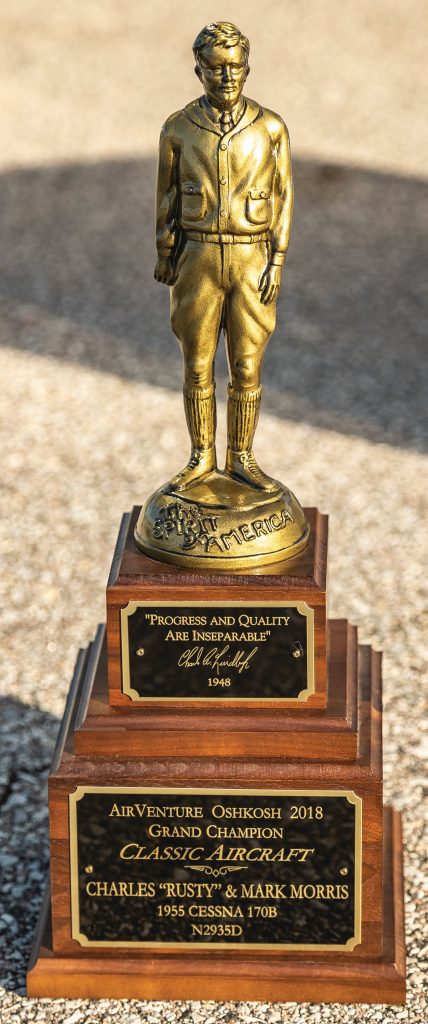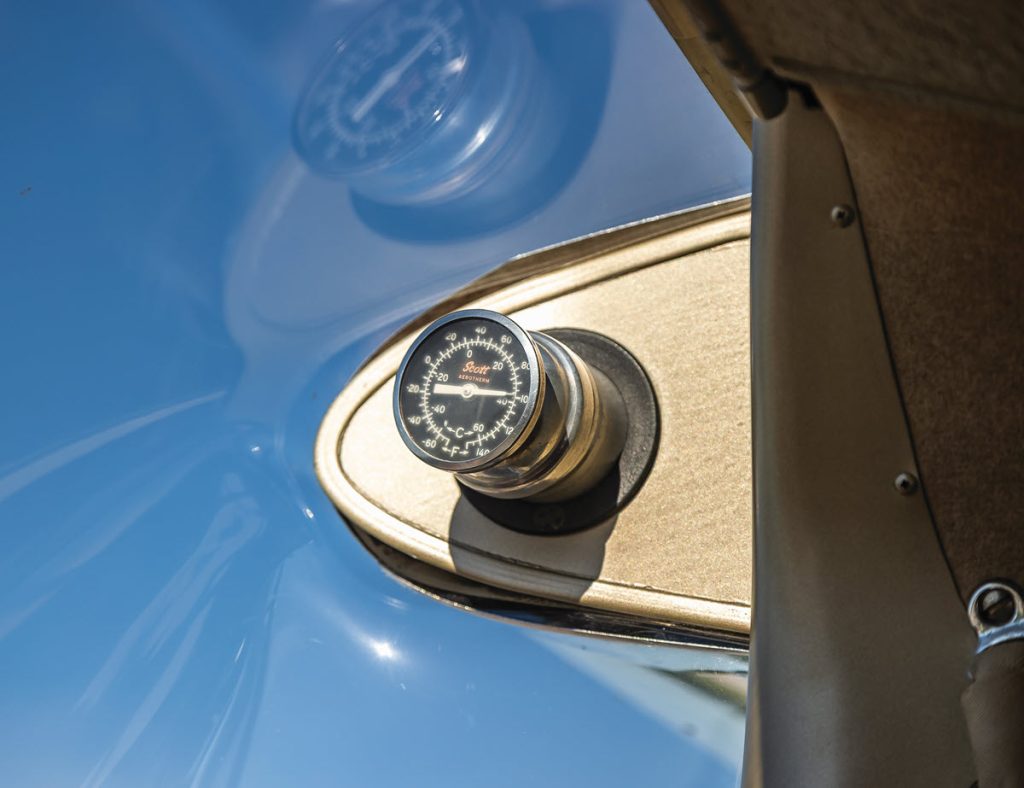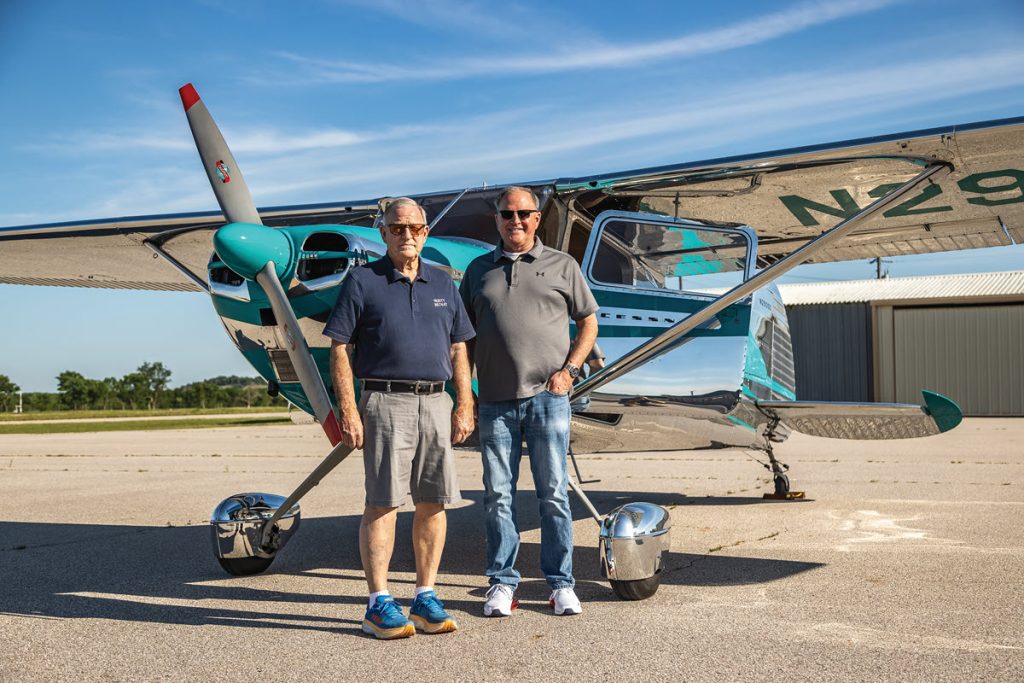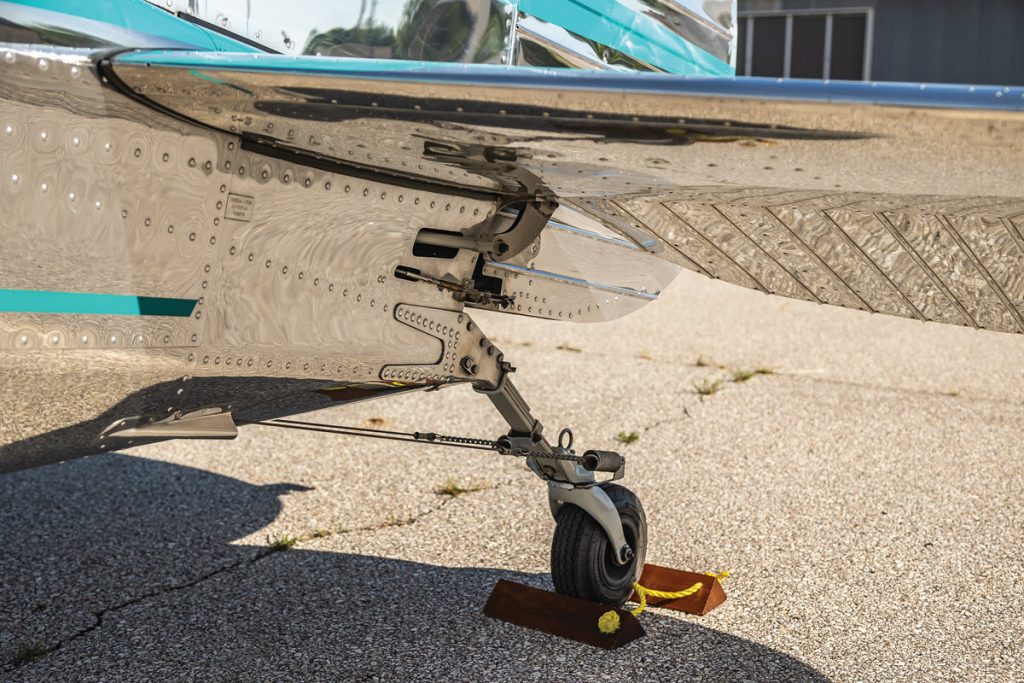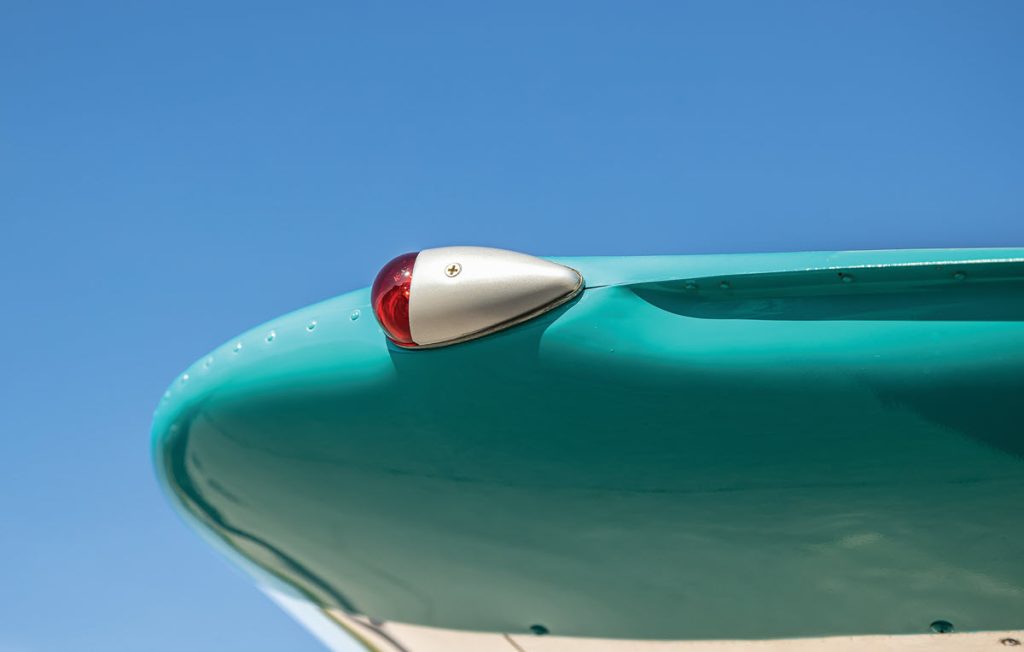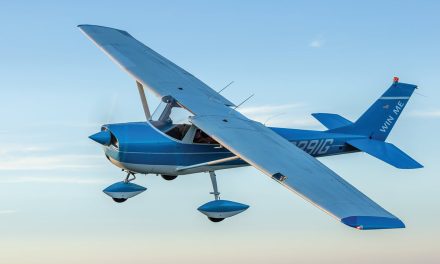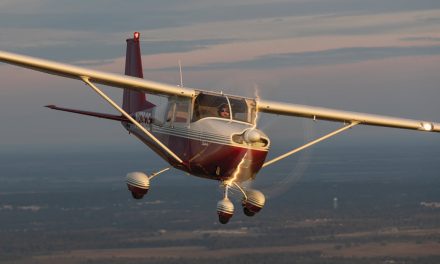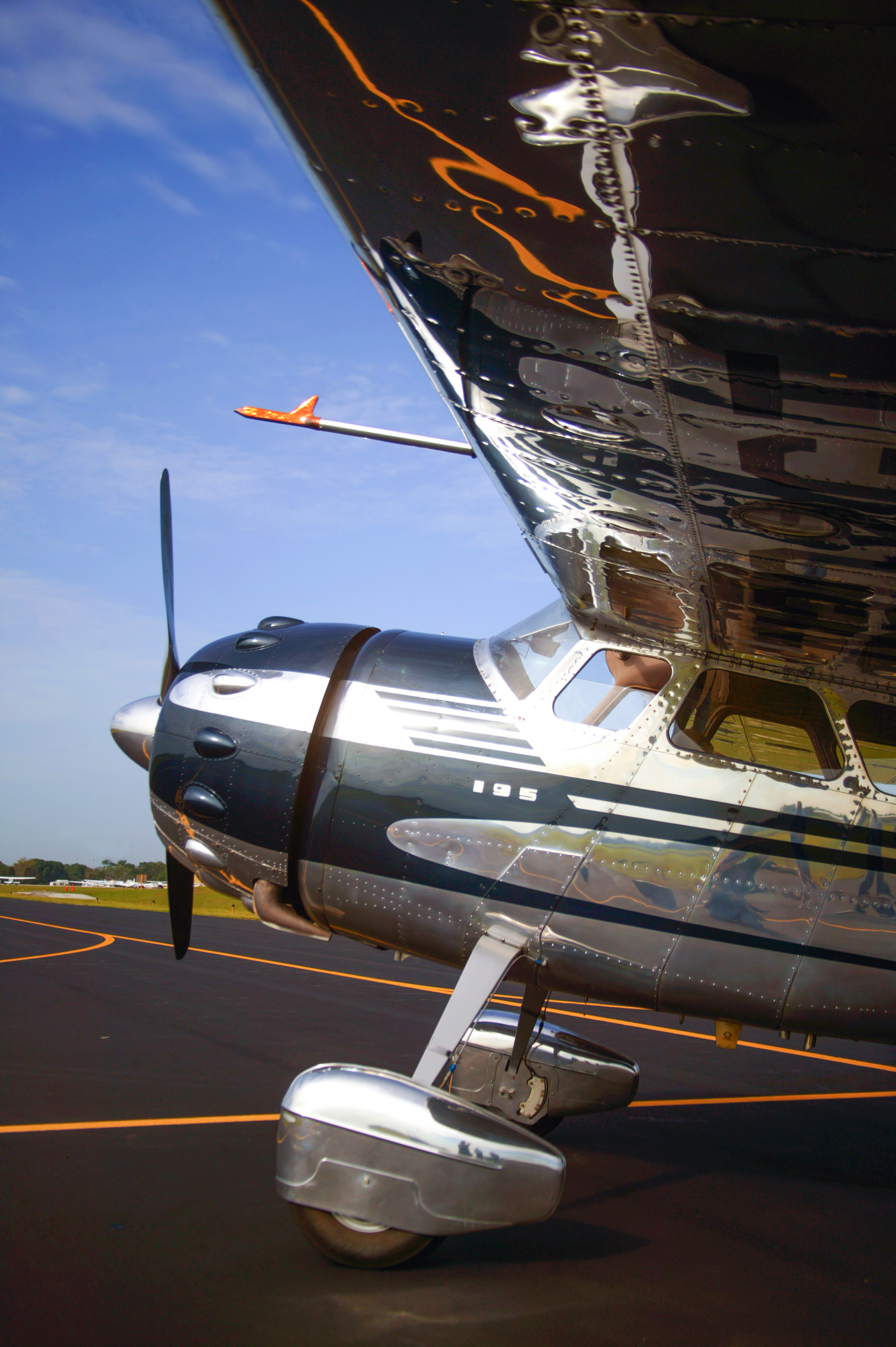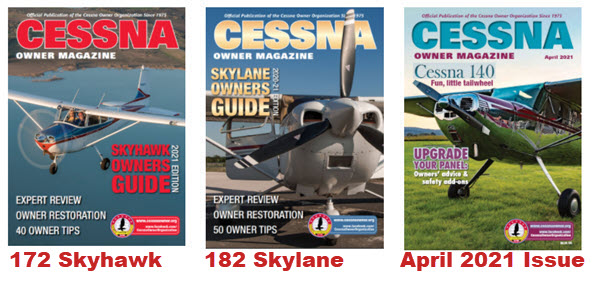
Last month, we met Rusty Morris and his Cessna 172. This month, meet Mark, Rusty’s son, and his Cessna 170B.
It’s not too surprising that Mark Morris caught the flying bug and the Cessna bug from his father who, according to Mark, has always owned his own aircraft. Although Mark’s first ride was in a Cessna 120, it’s the Cessna 172 his father purchased in 1975 that holds most of his early aviation memories. In fact, he completed his pilot training in that very airplane, soloing at Olathe, Kansas on his 16th birthday in 1988.
A couple of years prior to that, when Mark was 14 years old, his parents booked a flight on Southwest Airlines to go visit his aunt and uncle. It was his first flight in a jet and it made quite an impression. “I instantly knew that I wanted to be an airline pilot. As luck would have it, I am currently a captain for Southwest Airlines,” Mark said.
A Great Find
Mark’s first purchase was his 1955 Cessna 170B. N2935D was in pristine condition when he purchased it. The interior was all original, as was the paint — though the paint needed some attention to bring it back to its former glory. Mark is very grateful for the time his dad, who is retired, devoted to the project. “My dad polished on this airplane basically eight hours a day, six days a week, for a year.”
There were a couple of things that Mark had to repaint, too. “After 70 years, some things just need a little ‘cleaning up.’” The trim stripes and some of the trim pieces were repainted, as well as the flap handle. The effort resulted in a beautiful finish.
Since purchasing N2935D, Mark has also replaced the original wind screen and has put about 400 hours on the engine since it was overhauled. He’s done very little with the VFR panel, holding to the belief that “the least amount of avionics, the better. My goal is to keep it as original as possible.”
Mark and Rusty didn’t do all the work themselves. They turned to Brent Bitikofer at Sun Aviation in Gardner, Kansas (K34) for some of the cosmetic and maintenance upgrades and are very pleased with the results.
In keeping with his goal, Mark has no further restoration plans at this time. His Cessna 170 still has its original headliner, side windows, seats – all of which he plans to keep. Fortunately, this aircraft’s age means the airworthiness directives (ADs) and service bulletins (SBs) were complied with previously. This helps Mark keep his aircraft as true to original as possible. When he does need the occasional part, he turns to Univair or Aircraft Spruce.
Through its long life, this Cessna 170 has had relatively few owners. Each of them apparently took good care of the aircraft. This airplane has changed hands only four times since it left the factory, and there are no signs of damage in its history. This plays a big role in Mark being able to maintain the aircraft’s vintage look and condition.
Sometimes maintaining that authenticity can be challenging, but “originality takes precedence over any changes,” Mark commented. His approach has paid off. N2935D is a real attention-getter.
When One Cessna Is Not Enough
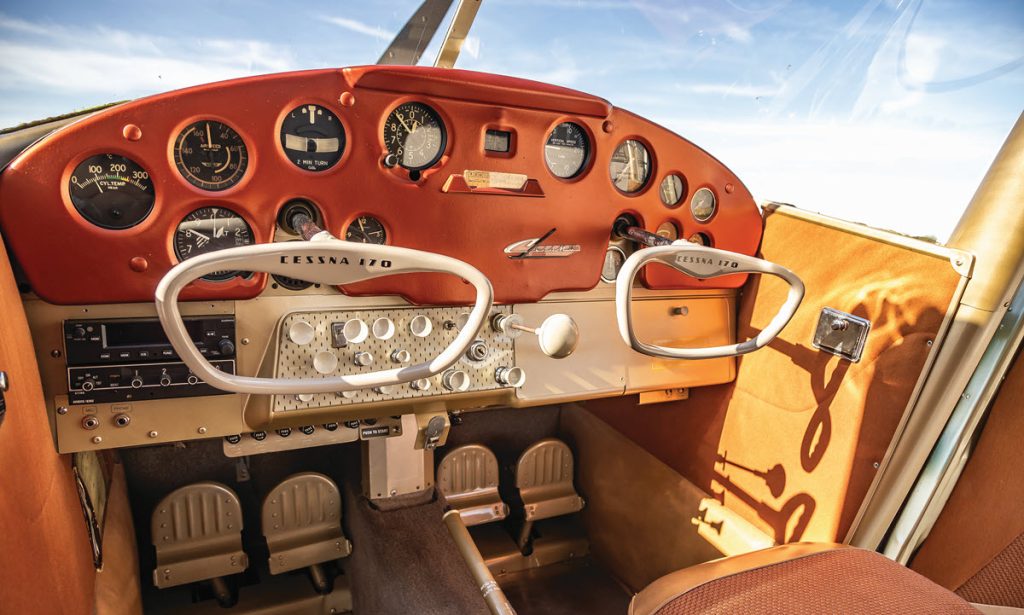
In addition to appreciating Cessna 170s, Mark has always been a fan of the Cessna 120/140. So, when a 1949 Cessna 140A came up for sale, Mark couldn’t pass it up. It’s nicknamed “Yourange.” Is it yellow? Is it orange? The family can’t quite decide. What Mark and his wife, Brandi, have decided is that the 140A is great for local flights and lunch runs.
The 170 serves a similar purpose. Though Mark and Brandi most often fly this plane together, it’s nice to have the option of bringing additional passengers. Based at Hick Airfield (T67) in Fort Worth, Texas, the location is a convenient take off point for Mark and Brandi to visit surrounding cities or to fly north to see their daughter, an aviation student at the University of Oklahoma. It seems the flying bug has bit the next generation, too.
Mark typically flies his Cessna 170B about 30 hours each year. It burns about 9 gallons of fuel per hour, making the cost of flying about $50 per hour.
The 170 serves a similar purpose. Though Mark and Brandi most often fly this plane together, it’s nice to have the option of bringing additional passengers. Based at Hick Airfield (T67) in Fort Worth, Texas, the location is a convenient take off point for Mark and Brandi to visit surrounding cities or to fly north to see their daughter, an aviation student at the University of Oklahoma. It seems the flying bug has bit the next generation, too.
Mark typically flies his Cessna 170B about 30 hours each year. It burns about 9 gallons of fuel per hour, making the cost of flying about $50 per hour.
Passing along a love for aviation has become a mark of the Morris family. It’s more than an activity they can pursue together. It’s part of their legacy, their current lives, and will undoubtedly be part of their ongoing story.
THE CESSNA 170
Cessna had big news for the press in early 1948. A new airplane would be introduced to the aviation world: The Cessna 170, a four-seat plane with a Continental engine at the competitive price of $5,475.
This new airplane looked quite similar to its two-seat predecessor, the Cessna 140. And rightly so. Cessna simply elongated the 140 to accommodate additional seating and an extra fuel tank. By the end of 1948, big changes were already underway. The fabric-covered wings were replaced by all-metal wings with larger flaps. A single strut replaced the V-style wing struts. And a dorsal fin was added. All these changes gave the Cessna 170A, as it was dubbed, the sleek look associated with this model today.
In their first decade of production, over 5,000 Cessna 170s were manufactured and sold. Amazingly, more than half are still flying today.
“Even decades after the last unit rolled off the production line, the Cessna 170 remains a revered name among aviators. Its balance of design elegance, operational robustness, and historical significance secures its place in the pantheon of aviation legends.”
From “The Legendary Cessna 170: A Timeless Icon of Aviation” by Wiley Stickney, www.boltflight.com.
Have a website login already? Log in and start reading now.
Never created a website login before? Find your Customer Number (it’s on your mailing label) and register here.
JOIN HERE
Still have questions? Contact us here.

